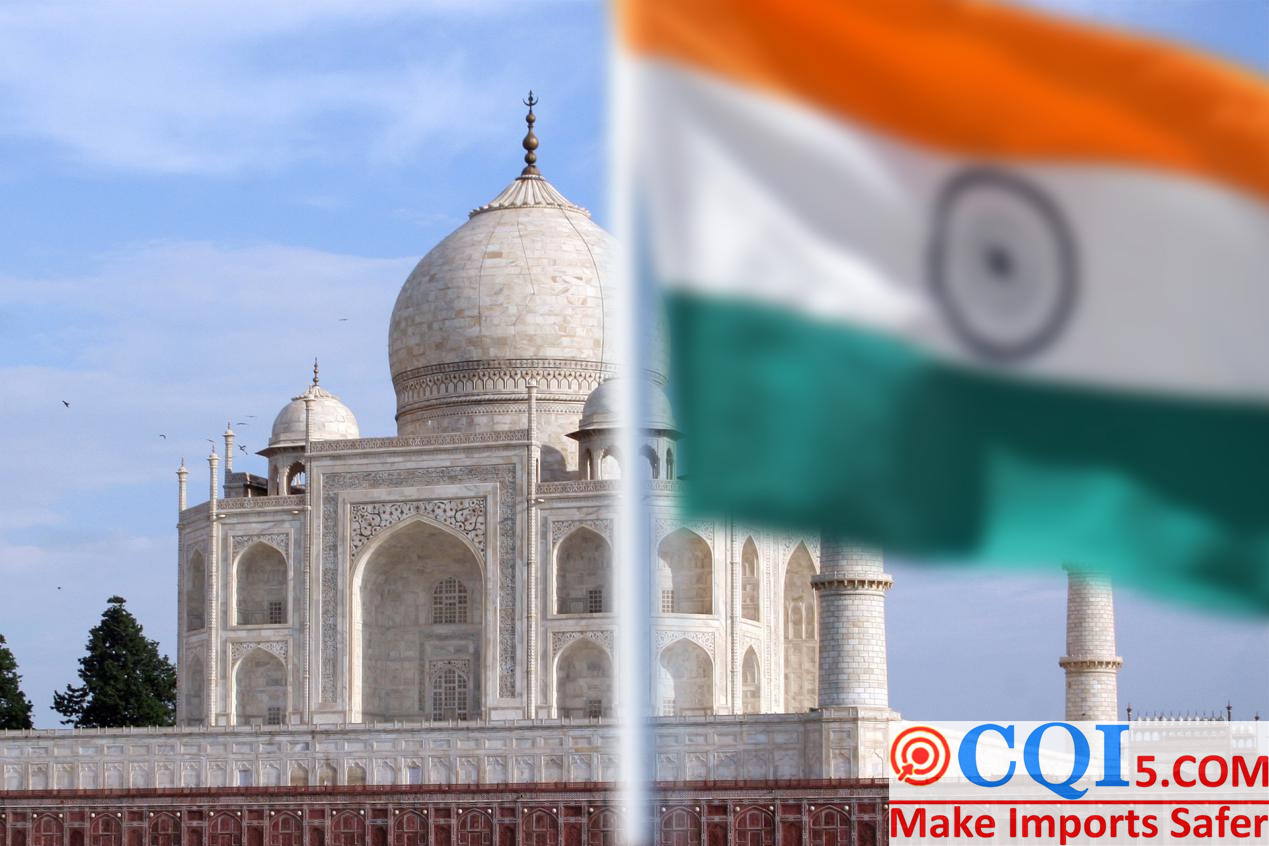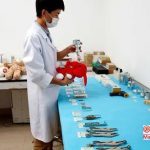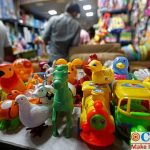Toy Manufacturing Center, India’s Self-Reliance Program
In the past few months, India seems to be intent on diverting attention from the epidemic as the situation gets worse, and on several occasions has been promoting the “self-reliance” movement, saying it will help make the 21st century the “Indian century.” Self-reliance” is to help India increase its manufacturing capacity to better meet the needs of the country and the world. India’s ambitious plans are not just words. A few days ago in the toy industry, India formulated a policy conducive to development, said it would “become the world’s toy production center. Although the toys seem to be low-tech, India’s idea can be achieved?
As a Toy Manufacturing Center, China Is India’s Biggest Enemy
Indian Prime Minister Narendra Modi said on August 30, the “self-reliance” policy will promote India to become an important center of the world’s toy production, calling on companies to increase investment in local manufacturing to achieve this goal.
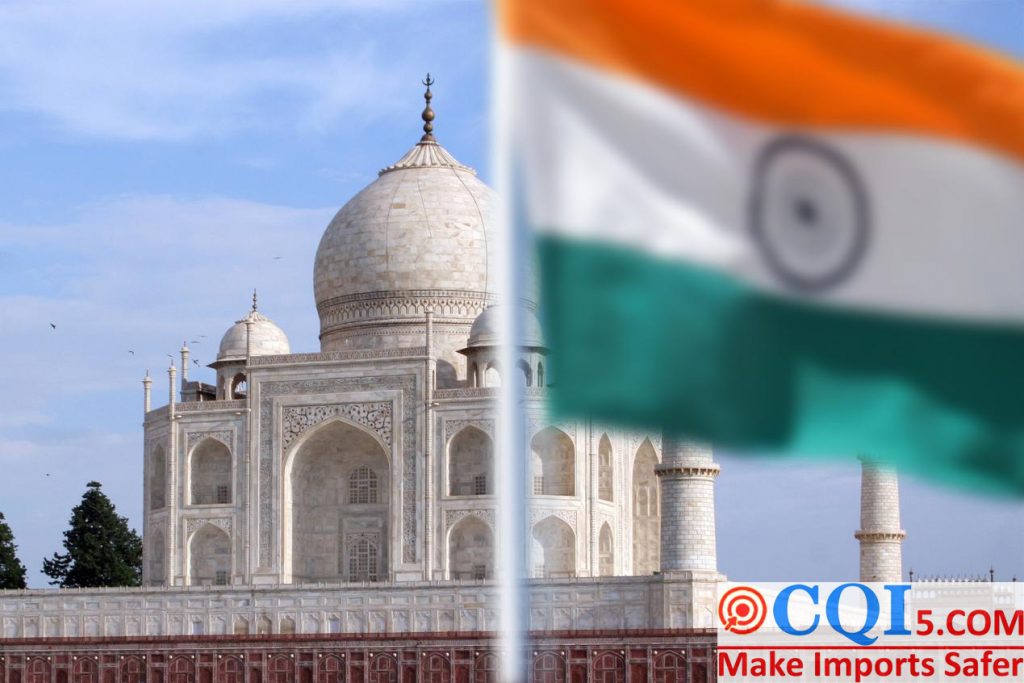
In order to achieve this idea, India has introduced measures to support the toy industry, including the establishment of industrial clusters, the implementation of import restrictions, such as the Indian state of Karnataka is ready to build the first local toy manufacturing cluster, and to attract the world’s top toy manufacturers to locate there, is expected to attract 50 billion rupees (about $ 700 million) in potential investment over five years, creating 40,000 jobs; from September 1,India implemented “mandatory quality control standards” for imported toys, and only products that meet the standards can be imported.
India encourages the localization of toy manufacturing and reduces dependence on foreign countries, which is undoubtedly good news for the development of the Indian toy industry. But behind the scenes there are also many objective difficulties that are difficult to get rid of.
According to the latest Indian official data, in the second quarter of this year, India’s GDP shrank by 23.9% year-on-year, far exceeding market expectations (18%) to set the worst record since the release of quarterly data. India’s economic performance is very pessimistic, which will hit the confidence of domestic enterprises to invest. The same goes for foreign investment. Affected by the epidemic undermining investment confidence, the United Nations Conference on Trade and Development expects global investment to fall 40% year-on-year this year, warning in particular of a sharp drop in foreign investment flows to India.
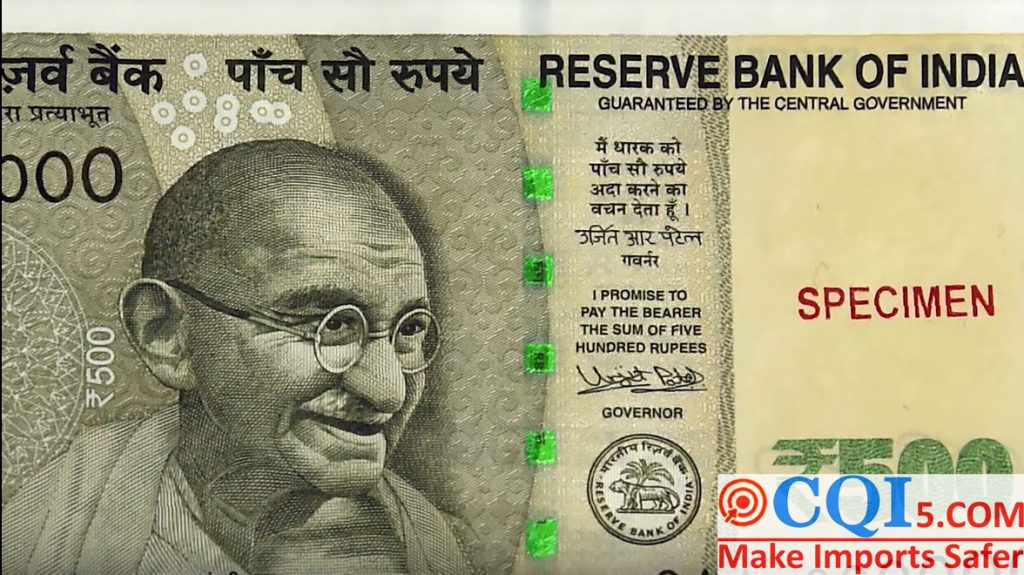
On the other hand, India does not have the ability to mass produce raw materials and the technology to manufacture toys. For example, toy manufacturing in India faces a shortage of raw materials, which leads to expensive local raw materials. For example, the production of Barbie dolls in India, its hair and brackets need to be imported from China.
Rehan Dhorajiwala, spokesman for the All India Toy Federation, said that domestic enterprises can not replace importers, despite the introduction of a number of plans to promote the development of India’s toy industry, but the country’s toy production has not increased accordingly. Aequs, a precision manufacturing company, said India lacks the knowledge and skills of toy manufacturing, and now India’s restrictions on foreign cooperation will hinder their own access to external knowledge and technology transfer.
Currently, the size of the global toy industry is up to 100 billion U.S. dollars, but 60% of which comes from China. Indian toy manufacturing faces a variety of development issues, whether it can become the next “world toy center”, the answer is clear
The Real Purpose Of India To Become Toy Manufacturing Center

The breakthrough in the production capacity of medical protective equipment is perhaps the most important reason to support India’s confidence in the “self-reliance” plan. In several public speeches, Modi mentioned that before the outbreak, India did not produce any personal protective equipment and respirators, and the production of N95 masks was also very small. But now India has the ability to export them, with raw N95 masks reaching 200,000 per day. Modi had also mentioned that India has the resources and talent and it will produce the best products.
Subsequently, India announced many policies in favor of the development of national products, such as the proposed high import threshold for more than 300 types of self-sufficient “non-essential products”, requiring state-owned telecommunications companies to use domestic telecommunications equipment, and now proposed to become the world’s toy supply base.
India continues to pick up the pace on the road to “self-reliance”, one of the objectives is to divert the contradictions of the epidemic in the country. Since August, India has been the fastest growing country in the world in terms of new cases, with a record high of nearly 80,000 new cases in a single day on August 30. The deep plight of the epidemic has created various contradictions for India, such as supply chain disruptions, business closures, massive labor force unemployment, and the inability to resume economic activities properly ……. India is therefore anxious to come up with a goal that will bring the entire population together and put it into practice.
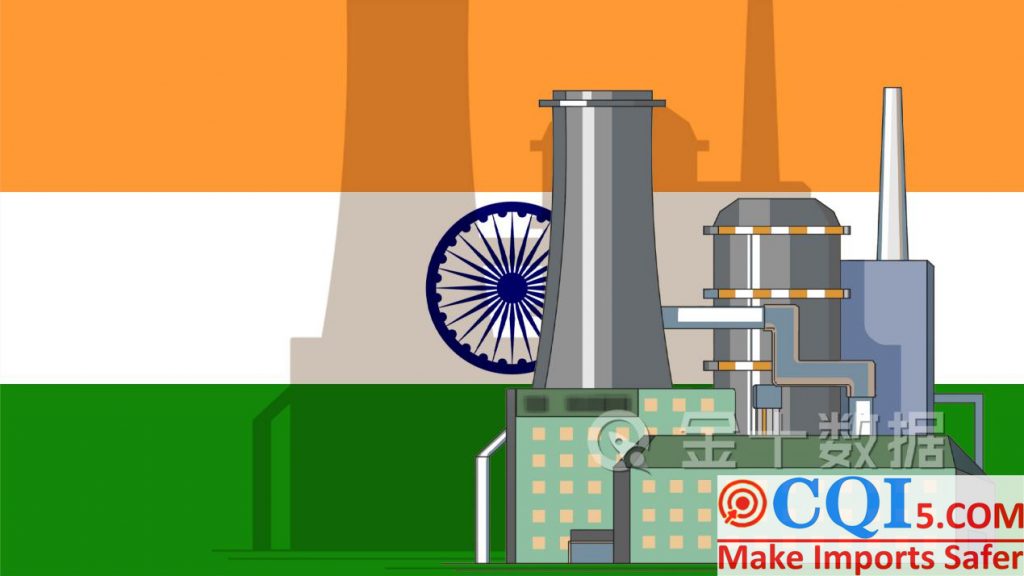
On the other hand, India hopes to take advantage of the time of global industrial chain restructuring brought about by the epidemic to achieve extensive substitution of imported products, and at the same time advocate its citizens to buy domestic products and help nurture local enterprises, thus promoting the manufacturing industry to grow and strengthen, and eventually seize global market share and become a major exporting country. As a result, the spreading epidemic has been repeatedly interpreted by Modi as an unprecedented opportunity.
Although India is proposing a “self-reliance” plan, it is easy to see that the essence of this plan is trade protectionism, which may actually bring results contrary to the original intention of the plan. India’s excessive protection of domestic enterprises and restrictions on imports of foreign products will weaken the confidence of other countries to invest in India, resulting in the desire to attract foreign investment may be defeated.
In a protective environment, the lack of competitive products and rivals will also lead to the loss of a competitive environment for Indian companies to enhance their manufacturing capabilities, which may lead to India’s manufacturing strength lagging behind the world in the long run. For example, among the 23 state-owned enterprises sold in India last year, seven of them are in perennial losses due to long-term market monopoly and inefficiency. India, which has repeatedly looked upon the epidemic as an opportunity, may not have realized that the move toward closure may be a crisis at the same time.
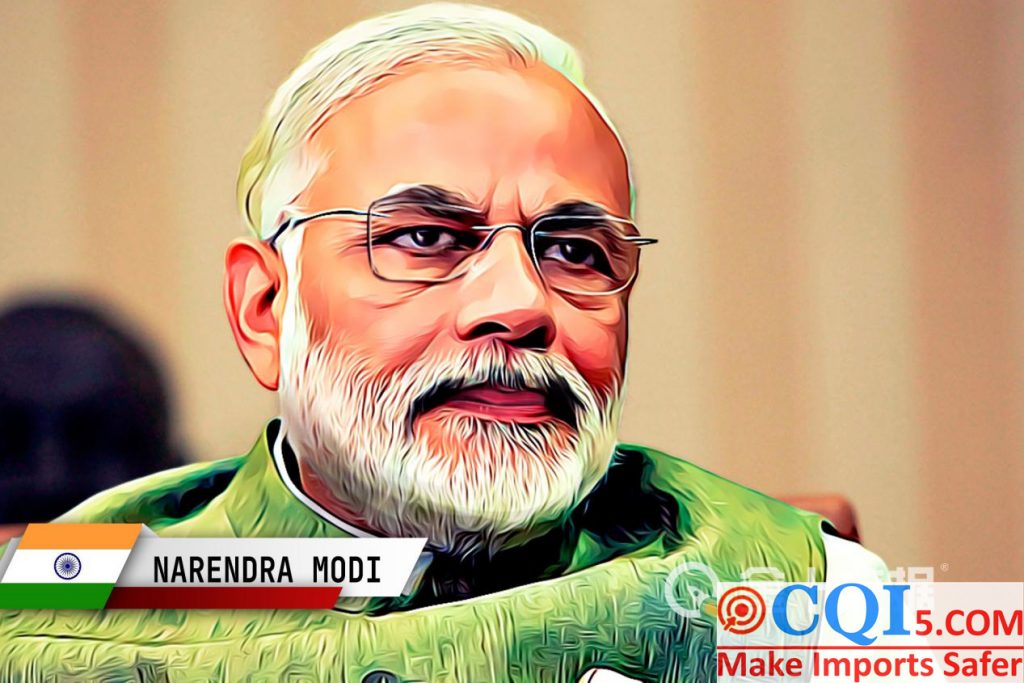
CQI5 is committed to providing importers worldwide with product quality inspection services that far exceed those of our peers. If you are planning to import or have imported from China or Southeast Asian countries, please contact us cs’@’cqipro.com to learn more about how we can make your imports safer.
Disclaimer:
CQI5 article information from the Internet and contributions, the copyright of which belongs to the original author, and only represents the views of the original author. This website is only responsible for sorting out, typesetting and editing the articles, reproduced for the purpose of spreading more information, does not imply that it endorses its views or proves the truthfulness, completeness and accuracy of its content, and therefore does not assume any legal responsibility.
The information contained in this article is for reference only and is not intended as direct advice for decision-making.
If we inadvertently violate your copyright, please inform us, after verification, we will immediately correct or delete the content according to the requirements of the copyright holder, thank you! Contact, email: copyright@cqipro.com
This website has the final right to interpret this statement.
Welcome to reprint, please be sure to keep information complete.
